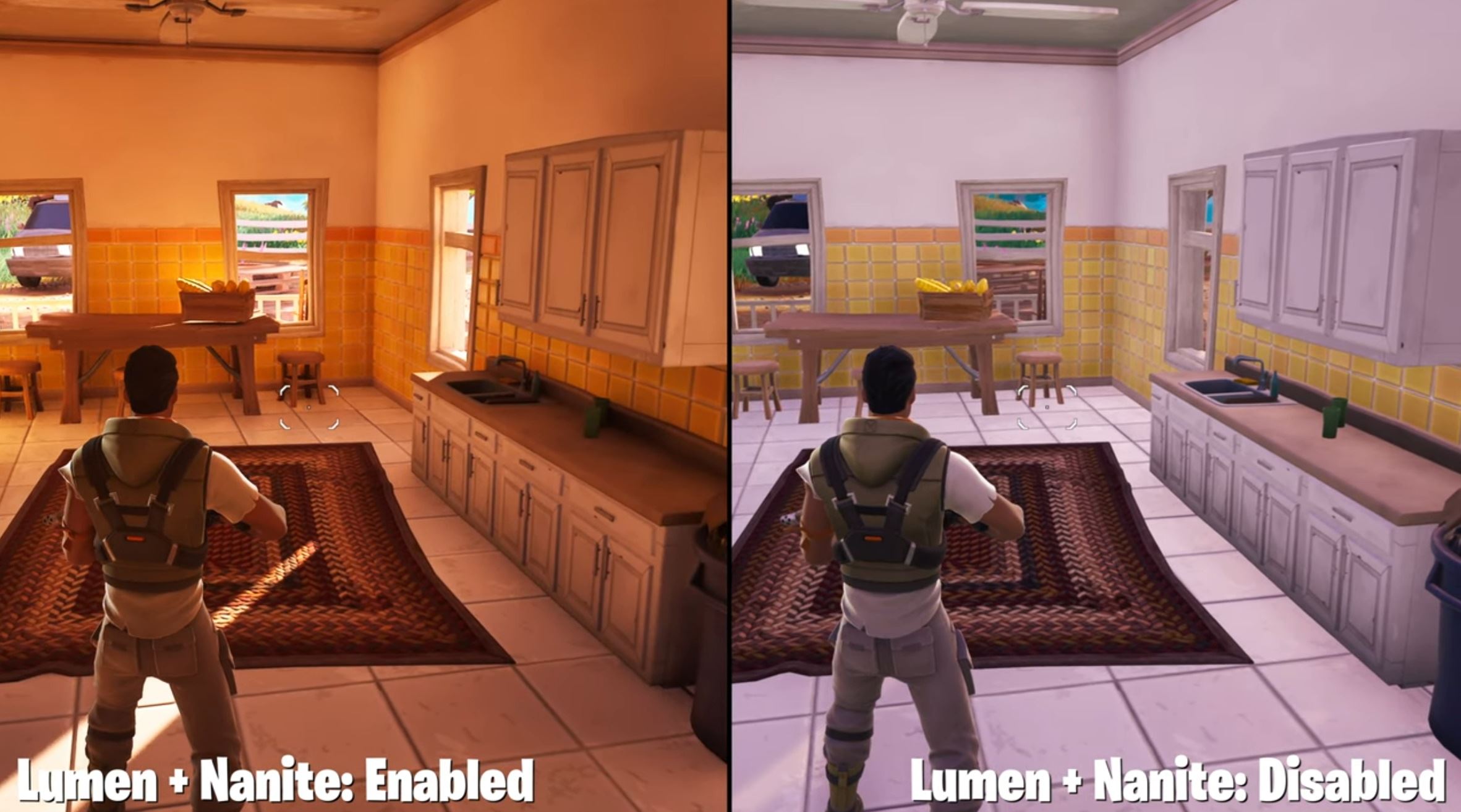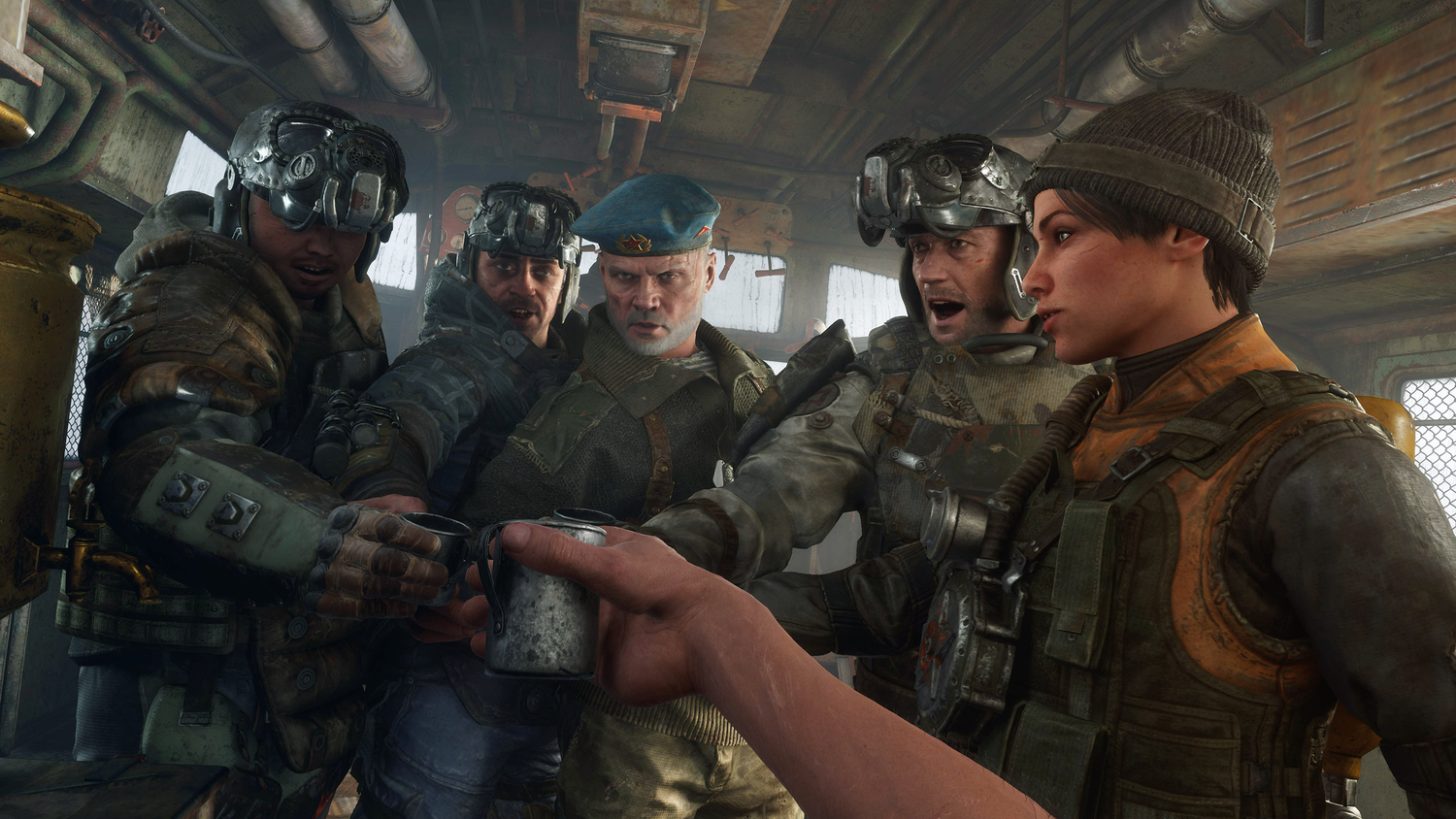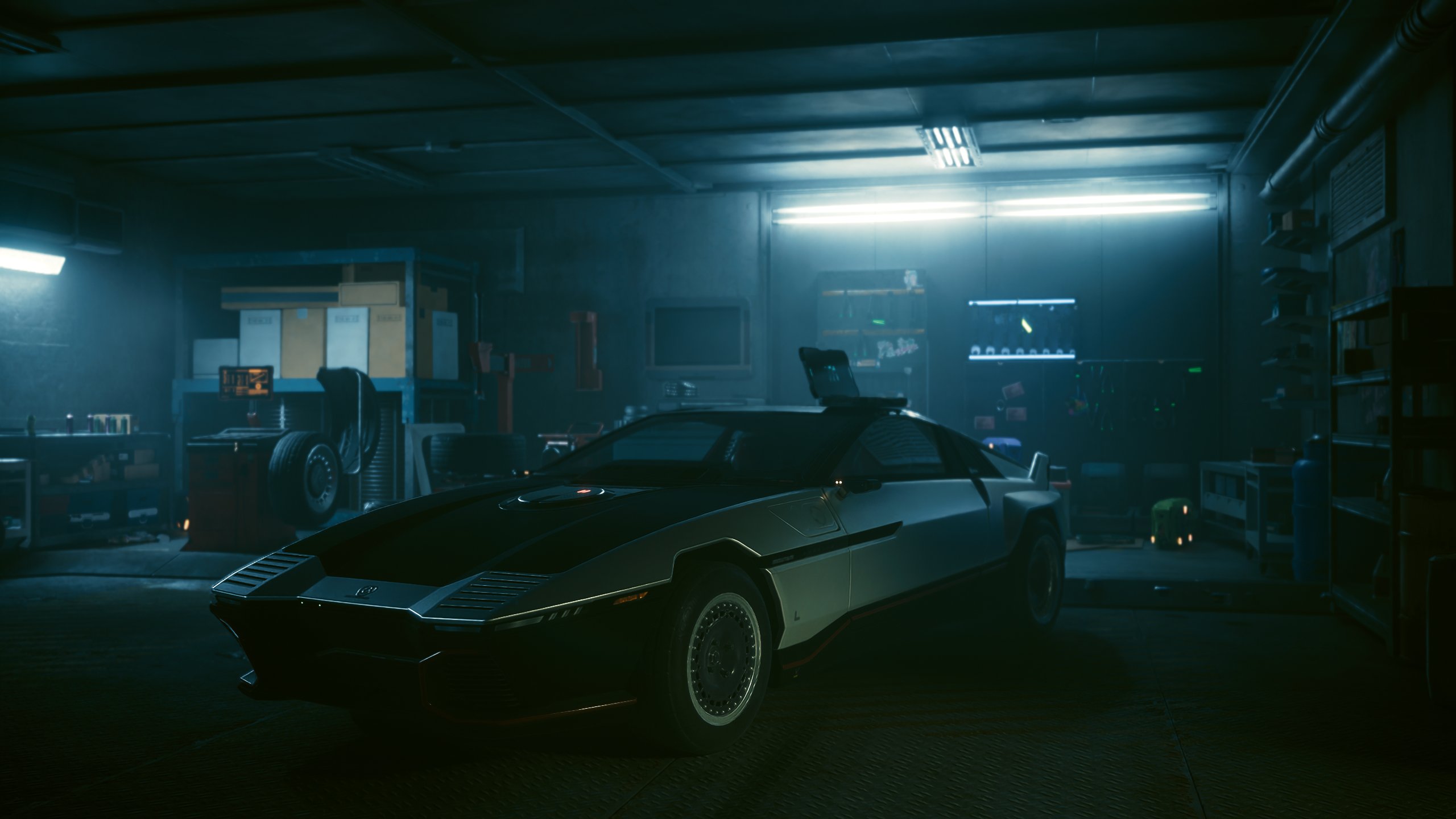- Platforms
I grabbed this poll from GAF because I think it's an interesting question after 2 generations since RT has been integrated into today's games. I'd like to hear why or why not you think it's worth it and for future generations of hardware.
I always use RT because of it's transformative graphics features in a game that I've wanted for decades. Yes, it's extremely expensive but I'll be willing to sacrifice performance as long as the performance is deterministic. IOW, I can handle 4k, DLSS w/frame generation and full on RT for all lighting and shading @ 30FPS if there are no spikes.
Thoughts?
I always use RT because of it's transformative graphics features in a game that I've wanted for decades. Yes, it's extremely expensive but I'll be willing to sacrifice performance as long as the performance is deterministic. IOW, I can handle 4k, DLSS w/frame generation and full on RT for all lighting and shading @ 30FPS if there are no spikes.
Thoughts?

























